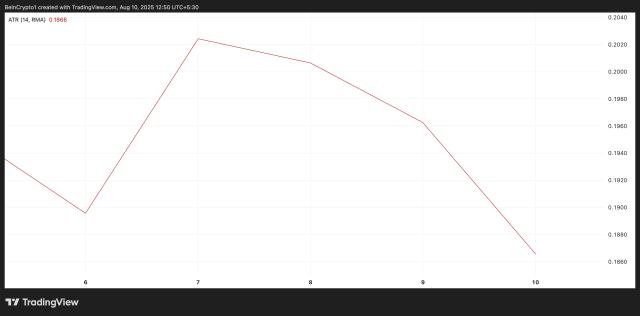Chainfeeds Guide:
Overnight, crypto industry users suddenly found they could buy on-chain stocks of Nvidia and Tesla using their stablecoins, as if they had fallen into a rabbit hole and entered a magical alternate world.
Article Source:
https://mp.weixin.qq.com/s/-YWvjfq2ipETrgOmeUmhaA
Article Author:
Speak Without Reservation
Viewpoints:
Sherry: I'll summarize a few common pain points: First, low capital efficiency, where traditional securities trading has T+1 or even longer settlement cycles, slow capital turnover, especially for cross-market investments. Second, trading time restrictions, with US stocks opening at night, making it difficult for Asian users to monitor. Many users hope for a 24/7 trading window. Lastly, high investment thresholds, with stocks like Tesla and Nvidia having high unit prices, making it difficult for users with small incremental investment needs. On-chain stocks provide an imaginative space, such as real-time settlement, fractional investing, 24/7 trading, on-chain collateral lending, etc., which are scenarios traditional finance can't cover. Of course, Futu is actually solving these problems through innovative methods: launching a unified purchasing power mechanism that can real-time calculate users' total assets of cash, securities, and money market funds across multiple markets, enabling cross-market trading; introducing night trading, covering almost 5×24 hours; launching Fractional Shares, where users can buy Tesla stocks with as little as $5. However, I want to emphasize that despite our continuous innovation, the underlying structure remains centralized. The emergence of blockchain could indeed bring deeper structural changes, potentially even reconstructing the entire financial infrastructure.
Content SourceZixi: I believe the on-chain US stock players can be roughly divided into three categories: US project parties like Dinari and Robinhood. Dinari has a better compliance foundation, mainly focusing on the US domestic market; while Robinhood, due to compliance restrictions, is currently only testing waters in the European market with a weak Asia-Pacific layout. European project parties like Backed Finance. They basically collaborate with exchanges, following a B2B2C route, mainly focusing on the European market. For the Asian market, especially C-end users in the Asia-Pacific region, their reach is quite distant. Our Chinese-speaking startup team has been more familiar with the Asia-Pacific, Southeast Asian, and Middle Eastern regions from the start. Many team members have lived or worked in these places, naturally understanding local users, language, culture, and compliance paths. Honestly, entering US and European markets isn't easy for us. But we're very familiar with the local market, which gives us an advantage when connecting with institutional users and communicating with retail investors. For instance, many users ask why we don't use Interactive Brokers but use Futu or Tiger instead. These local brands are anchors of trust. Our product has been a broker from day one. Retail investors deposit USDT into our wallet address, and when placing an order, we transfer funds to a US bank account through Coinbase, then to Nasdaq to complete the transaction. After the transaction, based on information returned by the broker, we mint a 1:1 stock token on-chain. Throughout the process, information flow and asset flow are separated, with information flow as our standard to ensure reliable on-chain mapping. Our user attraction strategy has two levels: On-chain level: We have a 'vote' product where users stake sTSLA, sNVDA tokens, which we then provide to different DeFi protocols like lending and DEX market-making. We share profits with market makers, returning 80-90% of earnings to users. Operational level: We mainly rely on Web3 approaches like trading mining and liquidity mining. These growth methods are more native and can better mobilize crypto users' enthusiasm.
Content Source







